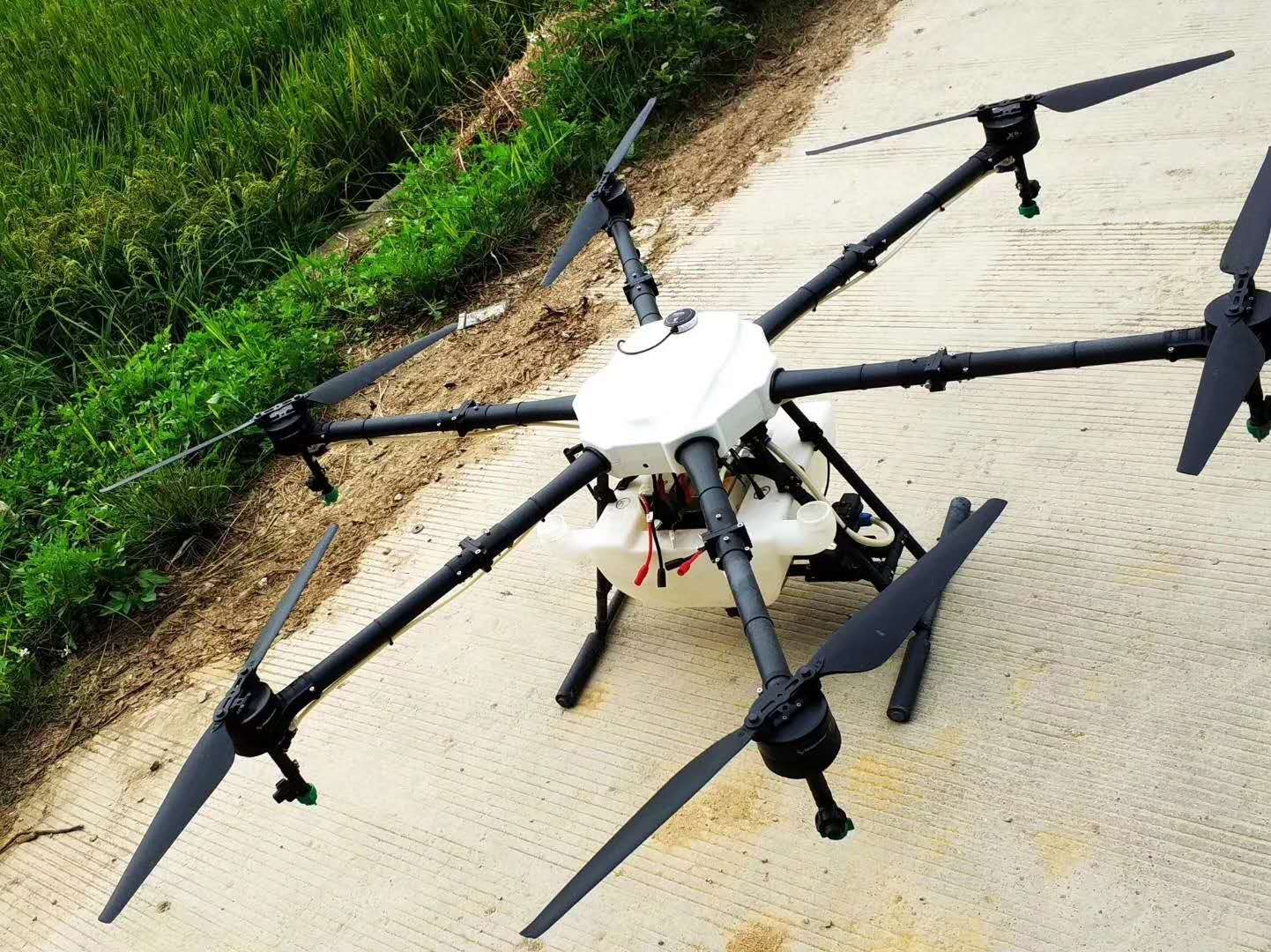Agriculture, a sector that provides work to more than half of the country’s population, contributes less than 1/5th to its GDP. This is primarily because of the uninformed decisions taken at various stages of cropping by farmers. Fly Dragon Drone Tech.

Farmers across the country depend more on the practices learnt by their ancestors and take various decisions based on myths. They have a belief that anything for improving soil fertility must have a direct response and the more they add it, the better things should become. Same is their concept regarding fertilizer use. Unaware of heating, they add more and more fertilizer in hope of better yield and end up burning the roots. Also, what the soil lacks and what kind of fertilizers should be used is not known to them many a times.
Now, the time has come to switch from traditional methods to technological methods. Drones are part of the solution. But, when combined with Internet of Things (IoT), it can lead to major breakthroughs in agricultural development. Internet connected drones can help the farmers in the following ways.
But generally when we talk about drones everyone thinks a remote controlled device. But what if we can move it up to the next level. To increase the performance even further Drones can be connected with satellite, IOT and AI instead of remote control. We can take the image of our field from the satellite and store it in our drone. Then the movement of drone can be controlled by the satellite to make sure the drone covers the complete field and does not go beyond the marked field. Satellite will give line of movement for the drone and will make sure the drone moves only inside the field.
Furthermore we can integrate the spectral information and also the position and the shape of the plants in the software so that it can perform a scan and detect those ones that are weeds. Farmers can then apply weedkiller to specific areas, monitor the evolution of their crops over time.
Apart from agriculture, internet connected drones can be used in many other fields such as in mines, search and rescue operations, delivery of goods, in zoos to monitor wildlife, in seas to track disasters beforehand, etc.
The individual applications of IoT as well as drones are many. And, now there is a need for both the technologies to identify their capabilities they can provide to each other and become an integral stepping stone for one another. This as a result can lead connected IoT drones towards a better future for all.
Contact: Fly Dragon Drone Tech.
Email: frank at dronefromchina.com
Add: NO. 9 Dayu Road PiDu distric, ChengDu 611730, China